It’s tempting to park yourself on the couch with a spiked eggnog and watch Love Actually again – for the millionth time – during December.
No one can argue that it’s not festive enough. But there are plenty of ways to celebrate the holidays outdoors too. So get out there! You might even find a new tradition, or two or three to keep up year after year.
Cut Down Your Own Christmas Tree
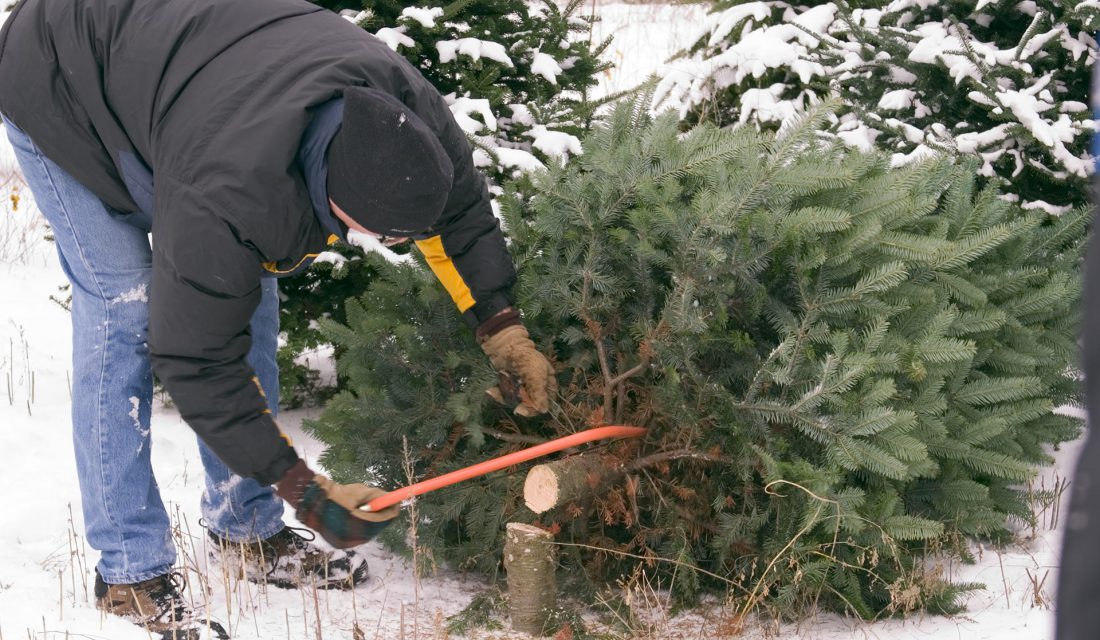 Still haven’t decked the halls? Call up a few strong friends and head to a Christmas tree farm this weekend. For those of you who think artificial trees are far better for the environment, think again. It turns out that just one acre of Christmas trees can actually generate enough oxygen for 18 people! Plus, Christmas tree farms usually plant two or more tree for every tree cut. Artificial trees, on the other hand? Sadly, plastic trees take years to break down. So head to the farm, breathe in the fresh air and get to work!
Still haven’t decked the halls? Call up a few strong friends and head to a Christmas tree farm this weekend. For those of you who think artificial trees are far better for the environment, think again. It turns out that just one acre of Christmas trees can actually generate enough oxygen for 18 people! Plus, Christmas tree farms usually plant two or more tree for every tree cut. Artificial trees, on the other hand? Sadly, plastic trees take years to break down. So head to the farm, breathe in the fresh air and get to work!
Bonus points
When the holidays are over, place your tree into your backyard for the rest of the winter so birds can use it for shelter.
Feed the Birds
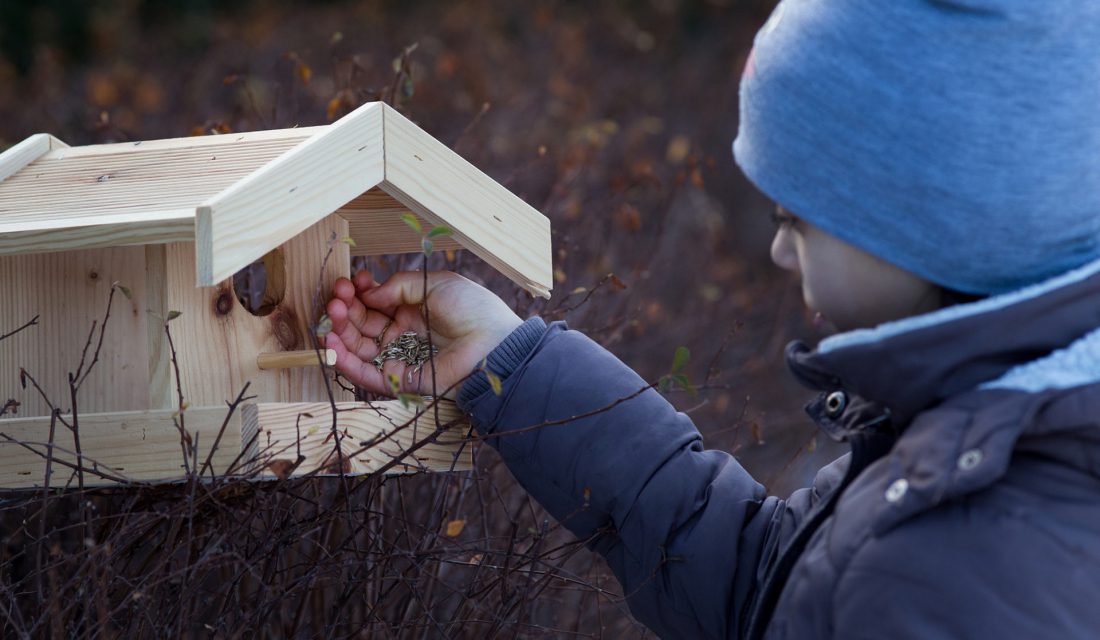
What are the loveliest holiday decorations on your street? Christmas lights? Maybe wreaths? But what about… birds? There are so many bird species that stay in Canada throughout the cold months and their cheery chatter and busy activity will make your heart soar – if you’ll only feed them. Birds need to pack in a lot of calories through the day to survive. So when you’re thinking of what kind of bird feeder you’ll need to get to attract birds, note that you’ve got a lot of options:
- Tube Feeders. Attracts: sparrows, grosbeaks, chickadees, titmice and finches
- Nyjer Feeders. Attracts: Common Redpolls, American Goldfinches, finches and Pine Siskins
- Platform Feeders. Attracts: juncos, doves, blackbirds, jays, pigeons, starlings, grosbeaks and sparrows
- Hopper Feeders. Attracts: finches, jays, sparrows, cardinals, buntings, grosbeaks, chickadees and titmice
Bonus points
You’ll want to place the feeder in the right spot to keep your birds safe and sound. Place your feeders close to window (about three feet away from a window is perfect) to avoid collisions.
Start Birdwatching
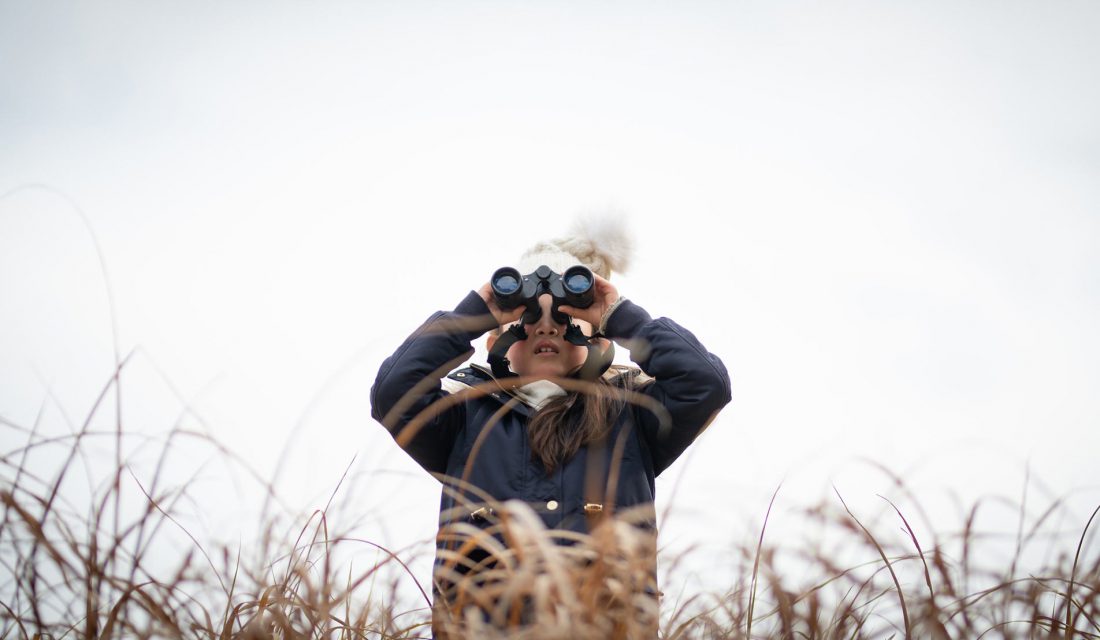
Once you’ve started feeding the birds in your backyard, you might start to wonder what feathered friends are popping by. Before you know it, you’ll be itching to learn about them all. Birdwatching is such a rewarding hobby. You don’t have to be an expert to enjoy it. Just start by making a list of all the birds that you already know about – from the Black-capped Chickadee to the Blue Jay!
Next, do your research. When you see a new kind of bird at your feeder, head for your tablet or a field guide book to find out what it is. Ready to head outside? Grab a friend and go birdwatching beyond your backyard. Many birds will spend their time in forested areas (after all, trees are great to shelter birds from cold winds!). They’ll also visit open water like lakes. And keep an eye out for owls at around dusk since that’s a common time for them to hunt!
Bonus points
Stay back. It’s easier to see birds in the winter because there’s far less foliage. Well…if you can see them…they can see you. Make sure they feel comfortable in their habitat by keeping your distance.
Head Out for a Winter Hike
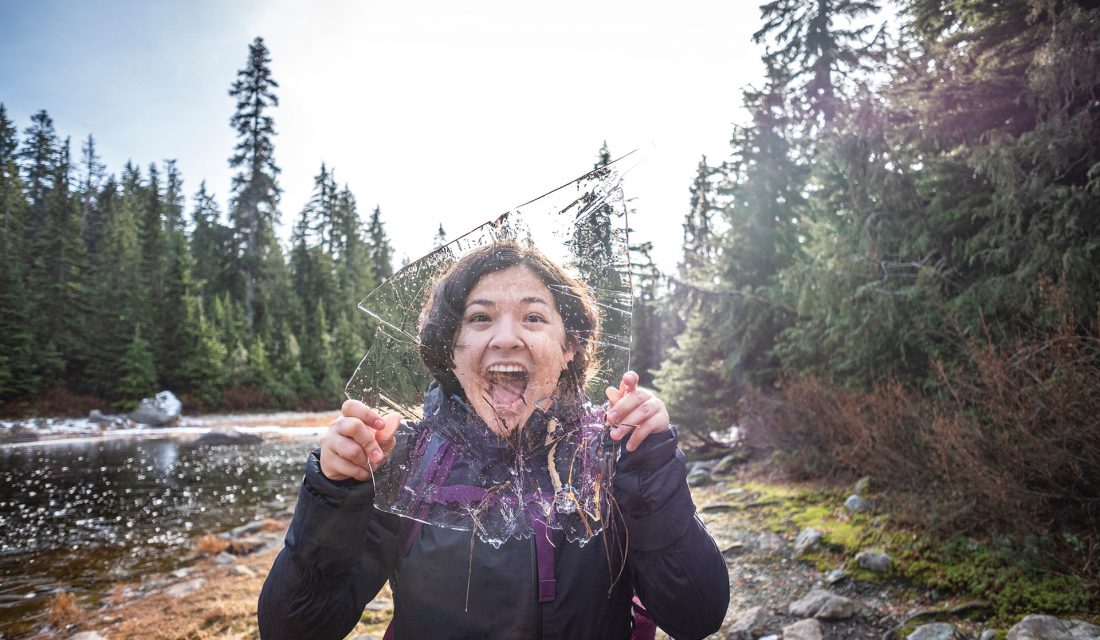 Prepare to burn off all those Christmas cookies you’ve been nibbling on! Going on a hike can burn over 400 calories an hour! And hiking in the winter is even harder thanks to all that snow – so don’t forget to pack some snacks high in fat and protein (maybe a festive mint chocolate protein ball or two?). Before you leave home, you’ll also want to check the weather to make sure it’s a safe day to hike and get yourself prepped (packing some water, your snacks, a map, trail guide and a compass). Then dress warmly. From your hiking boots to your coat, dressing in layers of fast drying and/or waterproof material is your best bet.
Prepare to burn off all those Christmas cookies you’ve been nibbling on! Going on a hike can burn over 400 calories an hour! And hiking in the winter is even harder thanks to all that snow – so don’t forget to pack some snacks high in fat and protein (maybe a festive mint chocolate protein ball or two?). Before you leave home, you’ll also want to check the weather to make sure it’s a safe day to hike and get yourself prepped (packing some water, your snacks, a map, trail guide and a compass). Then dress warmly. From your hiking boots to your coat, dressing in layers of fast drying and/or waterproof material is your best bet.
Bonus points
We know you already know this, but the forest is not yours and yours alone. It’s habitat to hundreds of mammals, birds, reptiles, amphibians and insects. So pick up after yourself. When you finish your energy bar, toss it in your backpack instead of on the forest floor. Leaving no trace of your hike is truly one of the best ways you can respect nature and all it has provided you on your hike.

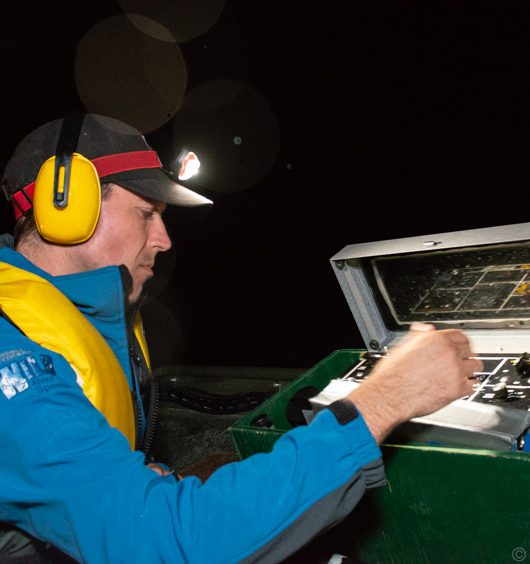
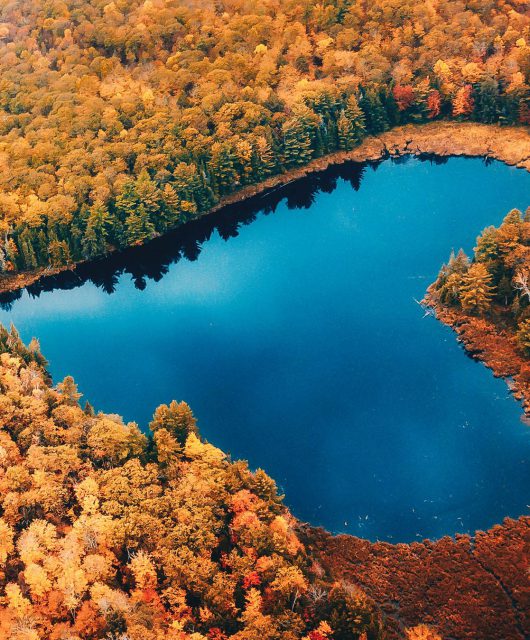
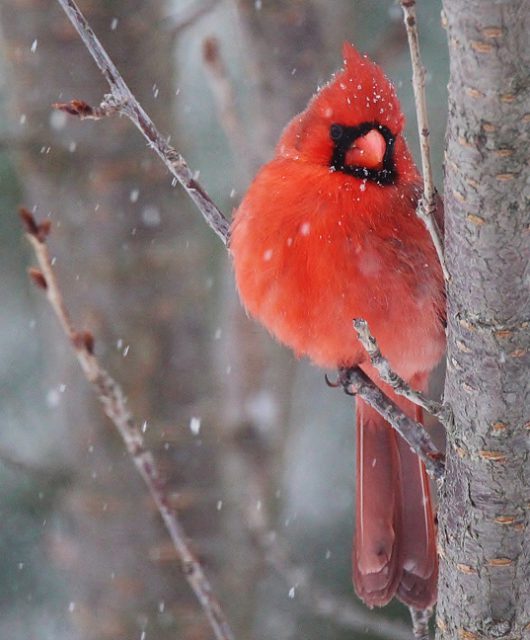
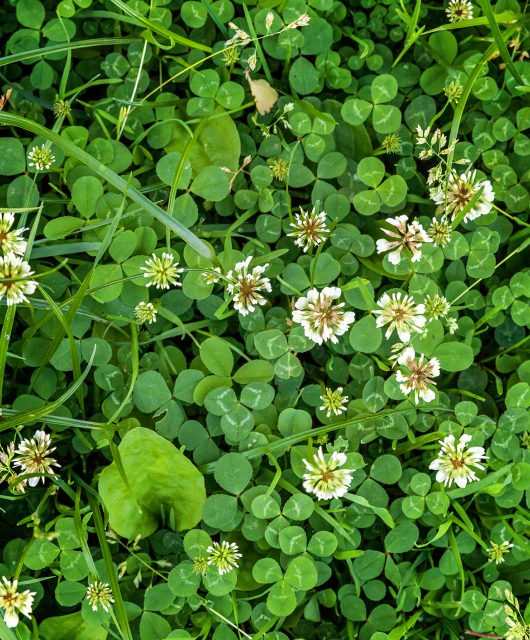

1 comment
Please ban neonics They indiscriminately kill bees and other important pollinators which are essential for our very survival.
Thank you